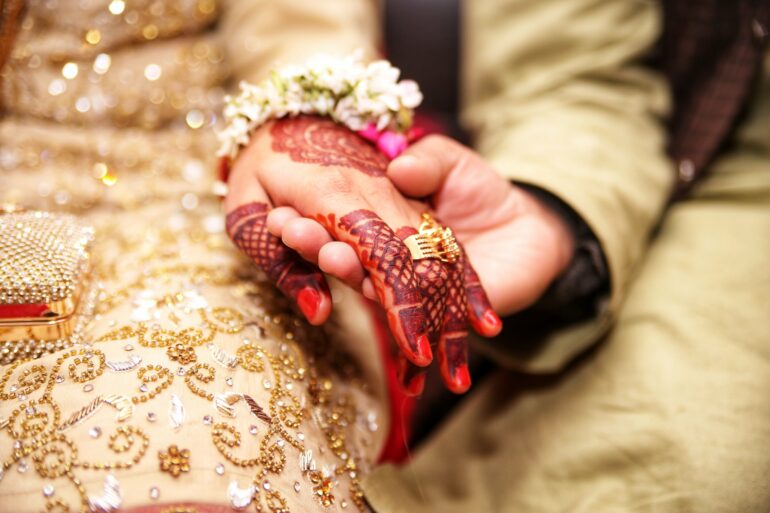Child marriage has declined in India—but across the country, one in five girls and nearly one in six boys are still married as children, and in recent years the practice has become more prevalent in some states/union territories, according to a new study led by researchers at Harvard T.H. Chan School of Public Health.
Child marriage is a human rights violation and a recognized form of gender- and sexual-based violence. India’s success in reaching zero child marriage is critical to achieving United Nations’ Sustainable Development Goal (SDG) target 5.3. The paper, “Prevalence of Girl and Boy Child Marriage: A Repeated Cross-sectional Study Examining the Subnational Variation across States and Union Territories in India, 1993-2021,” was published in The Lancet Global Health.
“This study is among the first to estimate how rates of girl and boy child marriage have changed over time at a state/union territory level. Boy child marriage in particular is often overlooked; to date, there’s been almost no research estimating its prevalence,” said lead author S. V. Subramanian, professor of population health and geography.
“Our findings offer a big step forward in understanding the burden of child marriage in India—one that will be critical to effective policymaking.”
Though India legally defines child marriage as marriage before age 18 for girls and before age 21 for boys, for the purposes of the study the researchers defined it as marriage before age 18 for both sexes. Using data from all five waves of India’s National Family Health Survey, from 1993, 1999, 2006, 2016, and 2021, they estimated the number of men and women ages 20–24 who met that definition across state/union territories.
The study found that between 1993 and 2021, child marriage declined nationally. The prevalence of girl child marriage decreased from 49% in 1993 to 22% in 2021, while boy child marriage decreased from 7% in 2006 to 2% in 2021. (Using the Indian legal definition of boy child marriage, the prevalence was much higher: 29% in 2006 and 15% in 2022.)
However, progress towards stopping the practice of child marriage has stalled in recent years: The largest reductions in child marriage prevalence occurred between 2006 and 2016, with the lowest magnitude of reduction occurring between 2016 and 2021. In fact, during these later years, six states/union territories (including Manipur, Punjab, Tripura, and West Bengal) saw an increase in girl child marriage and eight (including Chhattisgarh, Goa, Manipur, and Punjab) saw an increase in boy child marriage.
By 2021, the researchers counted more than 13.4 million women and more than 1.4 million men ages 20–24 who were married as children. The results showed that one in five girls and nearly one in six boys are still married below India’s legal age of marriage.
“Child marriage is a human rights violation,” said first author Jewel Gausman, research associate in the Department of Global Health and Population. “It is both a cause and a consequence of social and economic vulnerability that leads to a range of poor health outcomes. The state/union territory stagnation in reaching zero child marriage that we observed is a significant concern—and is a call for India to reignite progress.”
Rockli Kim, visiting scientist at the Harvard Center for Population and Development Studies, was also a co-author.
More information:
S. V. Subramanian et al, Prevalence of Girl and Boy Child Marriage: A Repeated Cross-sectional Study Examining the Subnational Variation across States and Union Territories in India, 1993-2021, The Lancet Global Health (2023). DOI: 10.1016/S2214-109X(23)00470-9
Provided by
Harvard T.H. Chan School of Public Health
Citation:
Progress toward eliminating child marriage in India has stalled, says study (2023, December 15)



